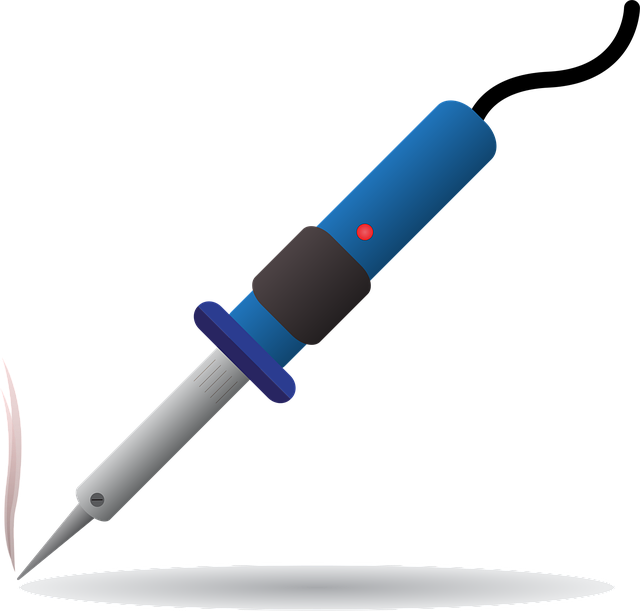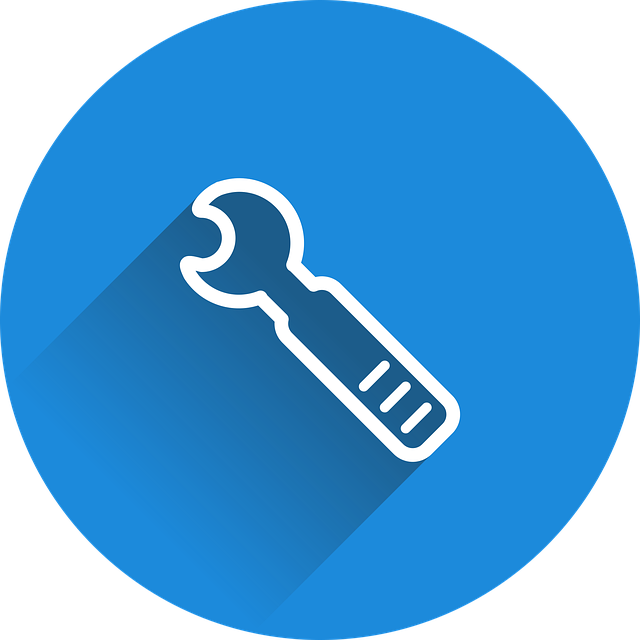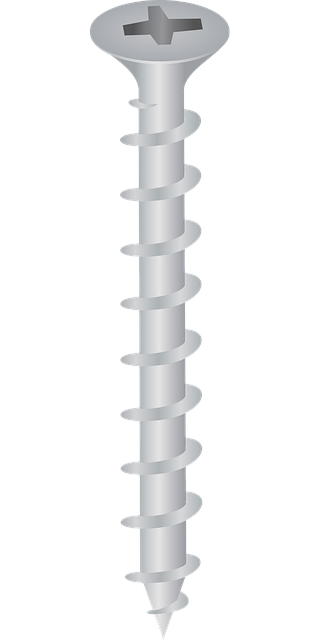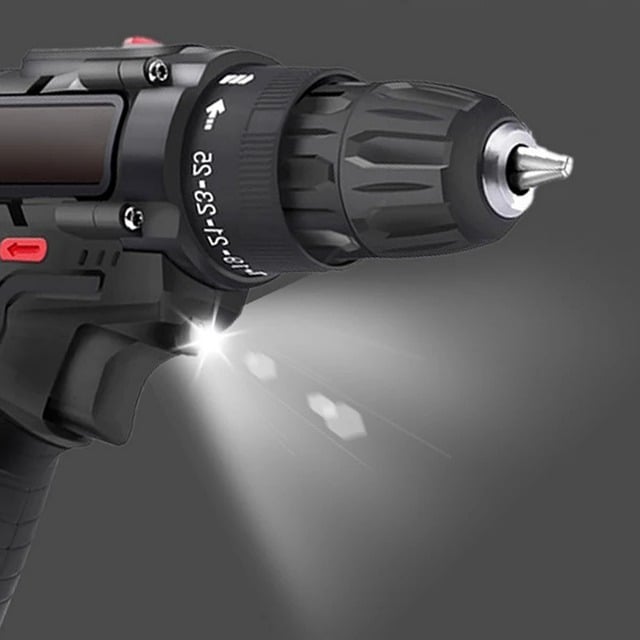Homeowners can resolve many appliance issues with basic home repair and maintenance skills, such as…….
Category: Home Repair and Maintenance
Home Repair and Maintenance: Ensuring the Sustainability and Comfort of Our Living Spaces
Introduction
In the ever-evolving landscape of homeownership, the concepts of repair and maintenance stand as pillars supporting the longevity and functionality of our living spaces. This comprehensive guide will delve into the intricacies of home repair and maintenance, exploring its significance, global impact, economic considerations, technological advancements, policy frameworks, challenges, real-world case studies, and future prospects. Readers will gain a profound understanding of how to maintain their homes effectively, ensuring safety, efficiency, and long-term value.
Understanding Home Repair and Maintenance
Home repair and maintenance encompass the myriad activities involved in preserving and enhancing the condition of a residential property. It ranges from routine tasks like cleaning gutters and changing air filters to significant projects such as roof replacements or foundation repairs. These practices are not only crucial for the structural integrity and longevity of a home but also play a vital role in protecting the health and safety of its inhabitants.
Historically, home repair and maintenance have been part of homeownership from ancient civilizations to modern times. As societies advanced, so did the complexity and sophistication of building materials and techniques, leading to more intricate systems within our homes that require specialized knowledge and tools for upkeep. Today, with the advent of smart technology and eco-friendly materials, the field continues to evolve, offering new challenges and opportunities.
Global Impact and Trends
The impact of home repair and maintenance is not confined to individual households but extends across communities and even nations, influencing global markets and environmental sustainability. Key trends include a growing awareness of energy efficiency, the integration of smart home technology, and the adoption of sustainable building practices.
Different regions are affected in unique ways; for instance, tropical climates necessitate robust waterproofing and mold prevention, while arid areas may focus on efficient insulation and water conservation systems. The global market for home repair and maintenance services is vast, with a significant portion of national economies relying on this sector.
Economic Considerations
From a macroeconomic perspective, the home repair and maintenance industry is a vital component of economic activity. It drives employment, stimulates local economies through the procurement of materials, and contributes to the overall stability of housing markets. Investment patterns show that proactive maintenance can reduce long-term costs, increase property values, and mitigate financial risks for homeowners.
The industry’s economic impact is further amplified by its interplay with other sectors, including finance, insurance, and construction. Understanding the economic implications of repair and maintenance decisions is essential for homeowners and policymakers alike.
Technological Advancements
Technology has revolutionized home repair and maintenance, offering innovative solutions that improve efficiency, safety, and comfort. From advanced insulation materials to smart home systems that monitor and adjust environmental conditions, technology is a game-changer. The future potential includes the integration of artificial intelligence, machine learning, and predictive analytics to anticipate maintenance needs before they become costly repairs.
Policy and Regulation
A comprehensive regulatory framework governs home repair and maintenance. Policies range from building codes that dictate structural integrity and safety standards to environmental regulations that enforce sustainable practices. These laws are critical in ensuring the quality of repairs and the longevity of homes. They also play a role in protecting consumers, ensuring fair labor practices, and promoting industry-wide standards of excellence.
Challenges and Criticisms
Despite its importance, home repair and maintenance face several challenges, including the skilled labor shortage, the high cost of materials, and the complexity of navigating regulations. Critics often point to the lack of focus on preventive maintenance and the reactive nature of repairs, which can lead to more significant issues down the line. Solutions to these challenges involve better education for homeowners, incentives for contractors to enter the field, and investments in technology that streamline processes.
Case Studies
Several case studies exemplify successful home repair and maintenance practices. These range from historic homes undergoing meticulous restoration to modern dwellings equipped with cutting-edge sustainability features. Each case study provides valuable lessons on the importance of proper upkeep, the benefits of investing in quality materials and craftsmanship, and the long-term rewards of proactive maintenance strategies.
Future Prospects
The future of home repair and maintenance is poised for growth, driven by an aging housing stock, a growing emphasis on sustainability, and technological advancements that continue to shape how we interact with our living spaces. Emerging trends suggest a focus on healthier homes, energy resilience, and smart technology integration. Strategic considerations will center on workforce development, sustainable materials, and the adoption of innovative repair techniques.
Conclusion
Home repair and maintenance are integral to the sustainability, comfort, and overall well-being of our living spaces. This article has highlighted the importance of these practices from historical contexts to future prospects, emphasizing their economic, technological, and policy dimensions. By understanding and addressing the challenges, embracing innovation, and adhering to best practices, we can ensure that our homes remain safe, efficient, and valuable for generations to come.
FAQ Section
-
How often should I perform maintenance on my home?
Regular maintenance should be an ongoing process, with specific tasks performed annually, seasonally, or as needed. Refer to a home maintenance checklist tailored to your climate and home type. -
What are the benefits of regular home maintenance?
Regular maintenance can prevent minor issues from becoming major problems, extend the life of your home, maintain or increase property value, reduce energy costs, and ensure a safer living environment. -
How does technology impact home repair and maintenance?
Technology enables more precise repairs, predictive maintenance through data analytics, energy-efficient systems, and smart home features that enhance security, convenience, and energy management. -
What are the most common regulatory challenges in home repair and maintenance?
Common regulatory challenges include complying with building codes, obtaining necessary permits, and ensuring adherence to environmental and safety standards. -
Why is it important to invest in skilled labor for home repairs?
Investing in skilled labor ensures that repairs are completed correctly, safely, and efficiently, which can save money in the long run and prevent potential future issues.
Additional Resources
- National Association of Home Builders (NAHB)
- International Association of Certified Home Inspectors (InterNACHI)
- U.S. Environmental Protection Agency (EPA) – Energy Star Program
- Local building departments and code enforcement agencies
- Smart home technology providers and integrators
By leveraging these resources, homeowners can make informed decisions about their home repair and maintenance needs, ensuring their homes remain in top condition for years to come.
Mastering Home Repair: Roofs, Siding, and Long-Lasting Solutions
A thorough home repair and maintenance assessment from rooftop to foundation is vital. Inspect shing…….
Mastering Home Repair: Maintenance Secrets for Savvy Owners
Home inspection is crucial for homeowners and sellers, focusing on structural integrity, systems, an…….
Transform Your Home with Expert Window Replacement and Installation
When repairing and maintaining your home, prioritize window selection based on architectural style,…….
Master Home Repair: DIY Failures to Quick Fixes
DIY home repair offers cost savings but common issues like leaky faucets, misaligned shelves, and st…….
Master Home Repair: Roofing & Siding Maintenance Secrets
Regular home repair and maintenance checks are essential for roof and siding integrity. Inspect for…….
Transform Your Home: Drywall & Painting Services Mastery
Drywall and painting are crucial aspects of home repair and maintenance. Skilled professionals use v…….
Expert Locksmiths: Secure Your Home with Modern Maintenance
Homeowners often overlook regular lock maintenance in home repair and maintenance routines, leading…….
Seasonal Home Maintenance: Spring Clean, Summer Protect, Fall Prepare
Spring cleaning involves using eco-friendly products, tools, and supplies to refresh living spaces……..
Expert Locksmiths: Securing Your Home with Modern Maintenance
Homeowners face common locksmith issues like locked doors and broken locks. Regular maintenance chec…….









